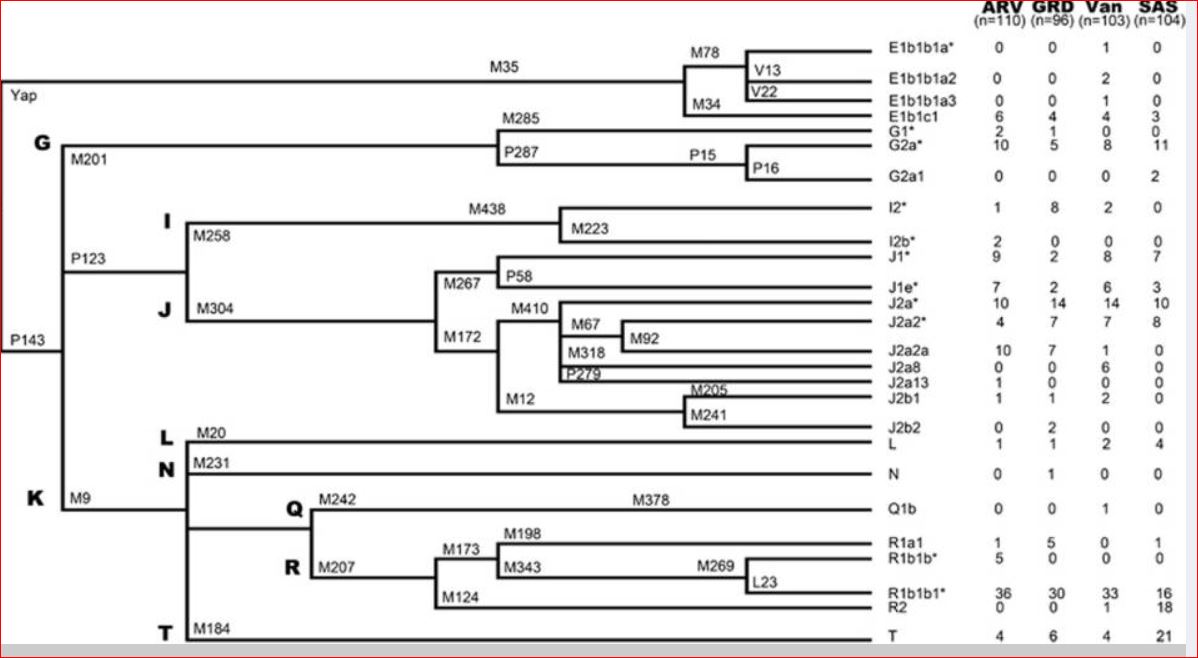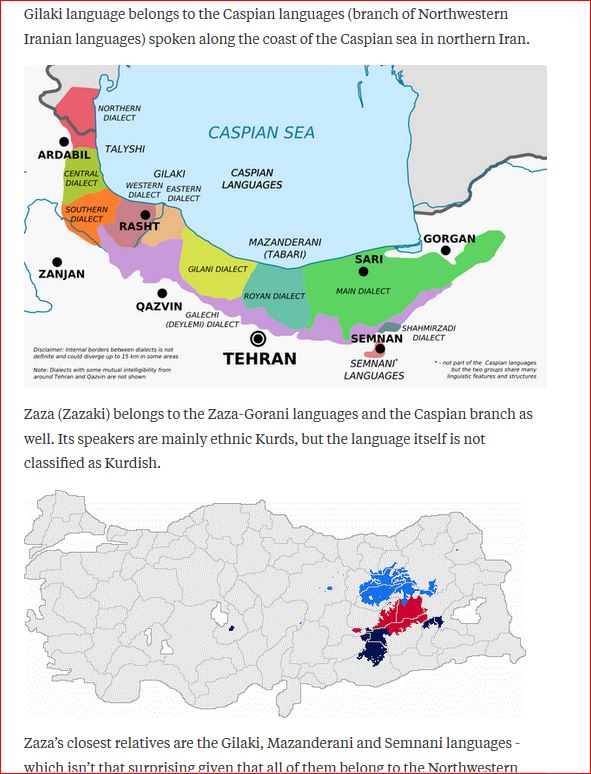Ygorcs
Active member
- Messages
- 2,259
- Reaction score
- 812
- Points
- 0
- Ethnic group
- Multiracial Brazilian
the Olalde Bell Beaker paper shows the expansion from Central Europe to the British Isles of R1b-L21 4.5 ka
around the same time R1b-U106 seems to have expanded into the Netherlands, northern Germany and south-Scandinavia
later expansions, as Unetice and urnfield also originated in the Carpathian Basin
my view is that R1b-L151 was in the Carpathian Basin, with 4.8 ka
and that from there the Italo-Celtic languages dispersed
https://www.yfull.com/tree/R-L151/
in South-Scandinavia R1b-U106 merged with CWC R1a and I1 with TMRCA 4.6 ka from where later on Nordic Bronze Age and ultimately the Germanic tribes developped
as for Armenian, Greek and Albanian, I'd guess it originates from late Yamna which ended when climate deterioriated on the steppe with 4.2 ka climatic event
they would have been in contact with early Sintashta
I agree with your views, that also pretty much sums up my impressions on the later expansion of IEs in Europe. Thanks for the nice explanation. However, those facts, if they happened as we think, wouldn't have any direct relationship with that supposed (by Olympus Mons) "Balkan PIE", because if I understood him correctly he assumes that variant of PIE would've arrived after the Shulaveri-Shomu expulsion/dispersal, some 6.5-6.9 kya. That would be about a much earlier expansion (of languages and also Y-DNA) still in the Neolithic, not some Bronze Age developments. That's just too early, from a linguistic perspective, to date any of the extant IE branches now spoken in Europe, none of them AFAIK looks like they had diverged more than 2000 years before than the others and actually derive from a "sister language" to the kind of PIE that gave birth to the other branches. That assumption could fit the weird case of Anatolian IE, but not Italo-Celtic or Germanic in comparison with Greek, Balto-Slavic or Indo-Iranian.



